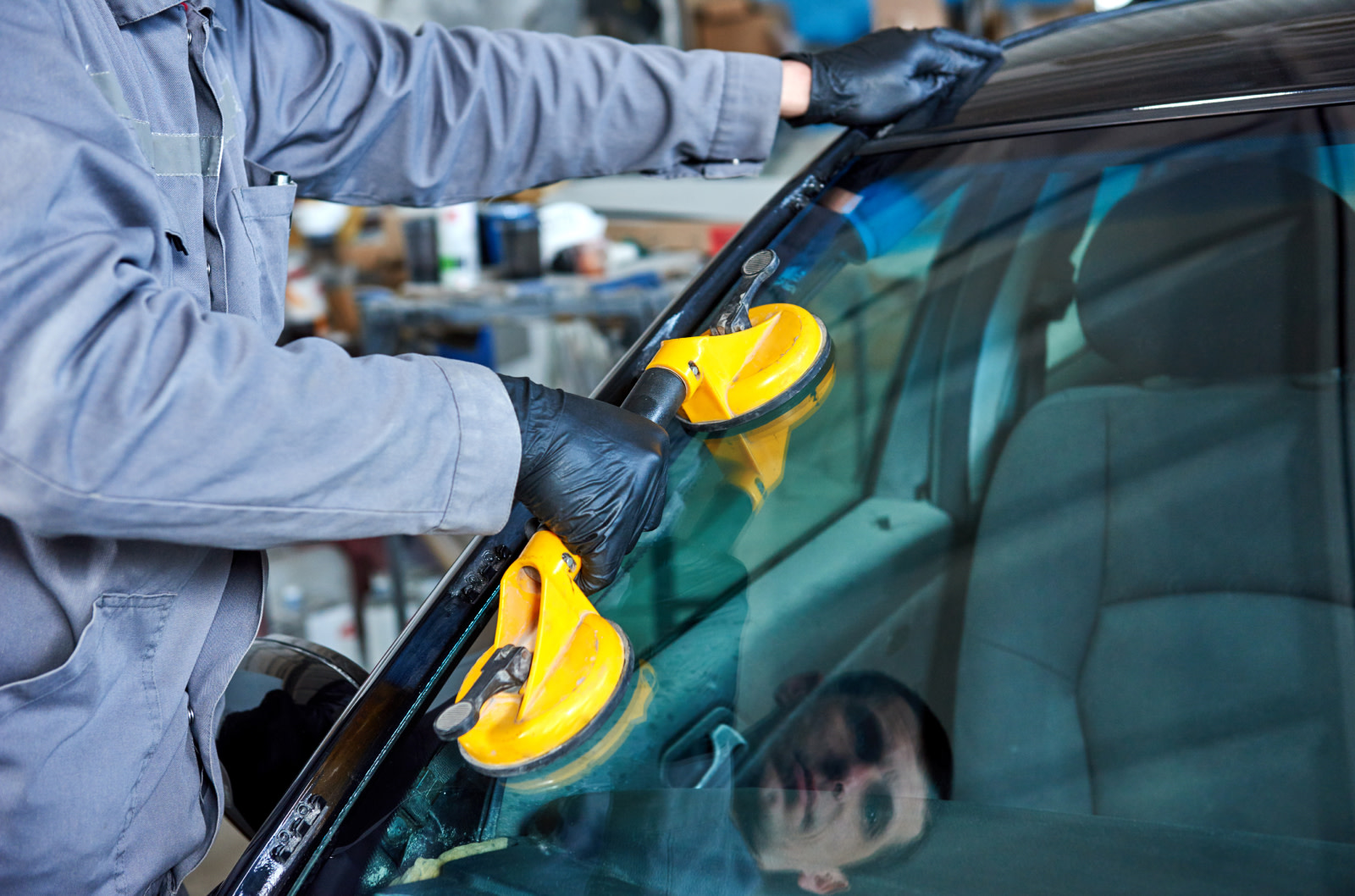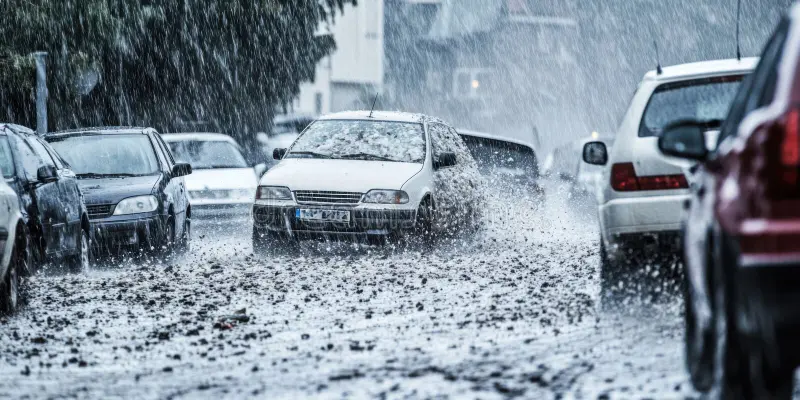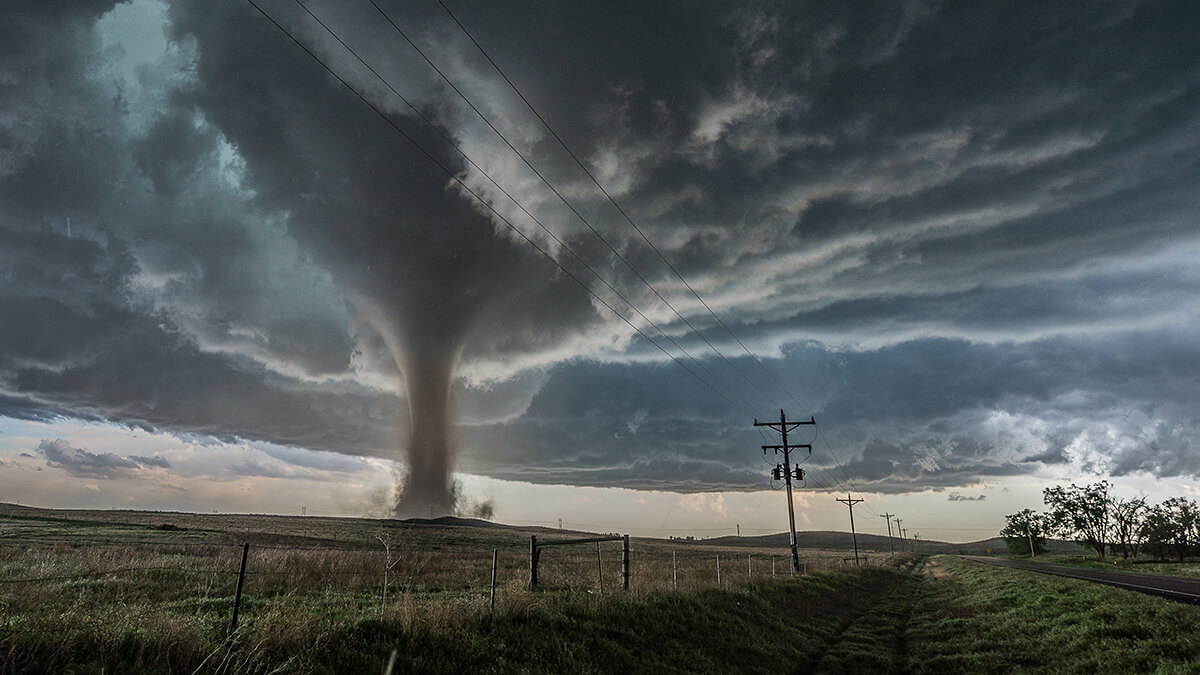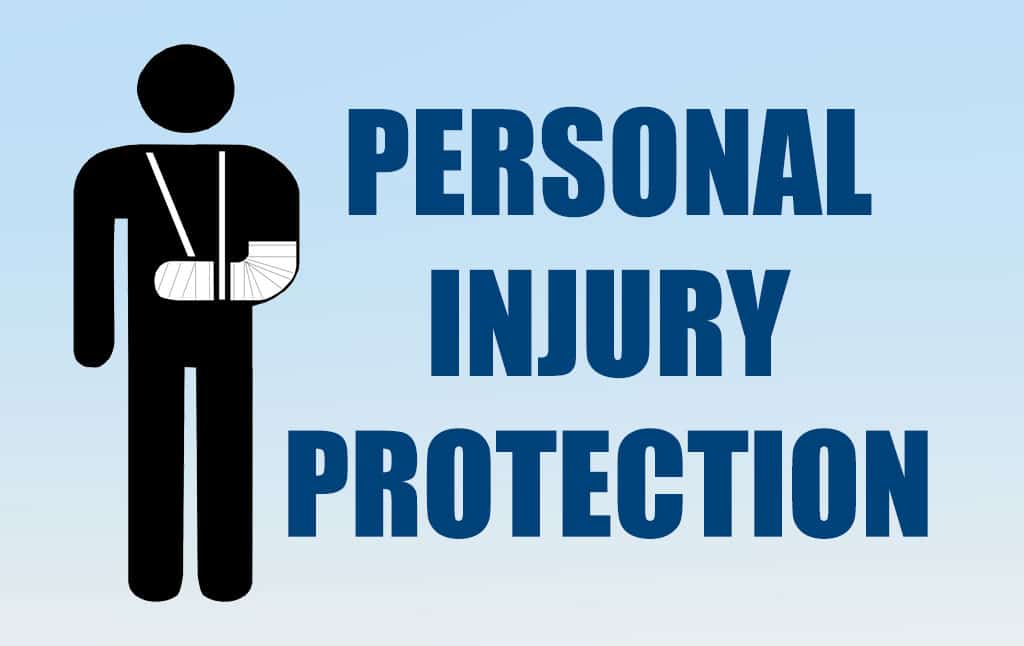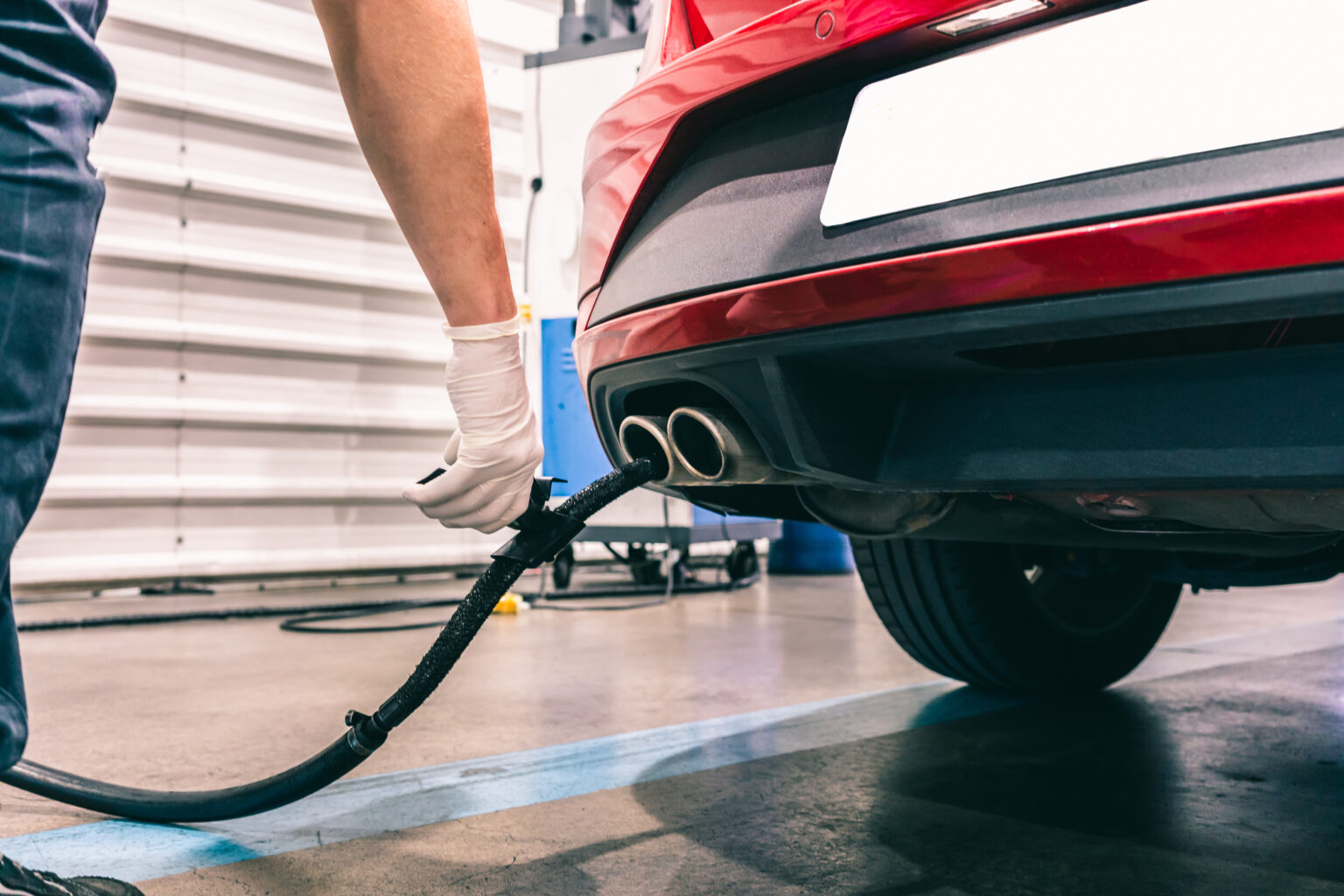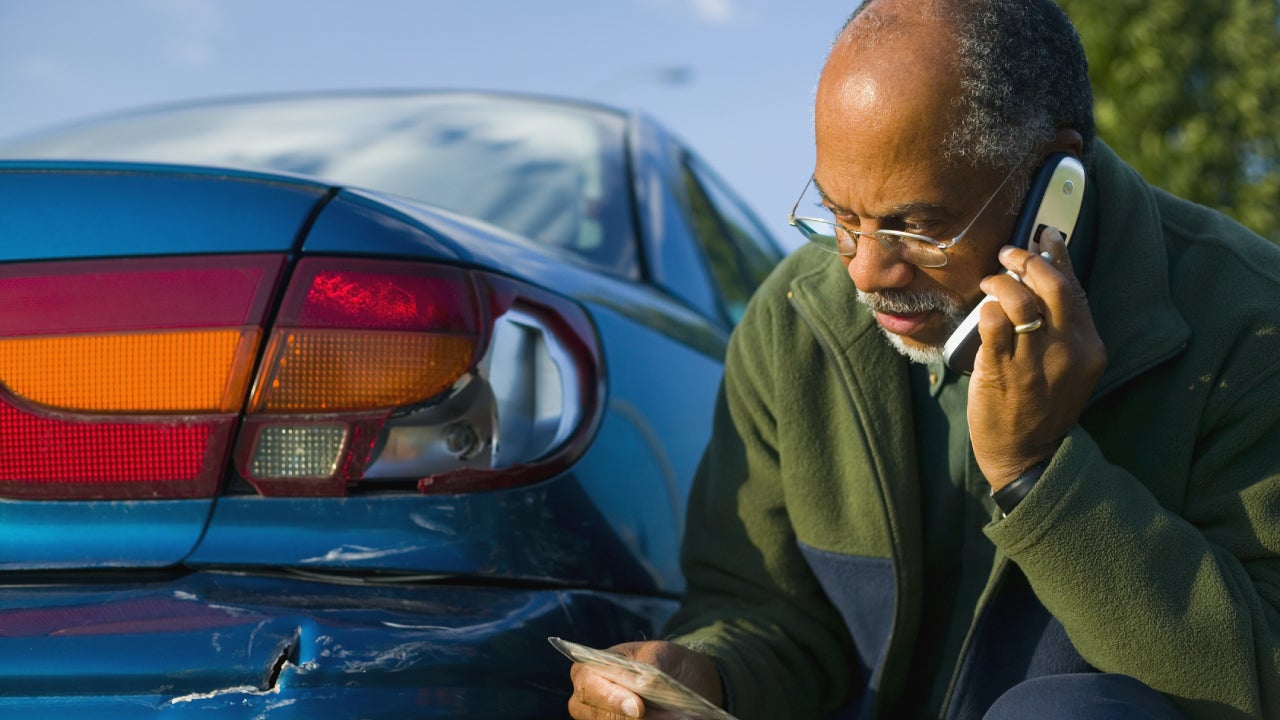We’ve all been there: you’re driving along, and suddenly your car gets stuck in the snow. The tires keep spinning, but you’re not moving an inch. Frustrating, right? The good news is that with a few practical tricks — and a little patience — you can usually get your car out of snow without calling a tow truck.
In this guide, we’ll cover proven methods like shoveling, adding traction, using your car’s built-in systems, and preparing for the winter roads ahead.
Key Takeaways
- Start with shoveling snow away from your tires.
- If shoveling doesn’t work, try sand, kitty litter, or rocking your car.
- Always check that your exhaust pipe is clear of snow before trying to move.
- Snow tires, roadside kits, and preparation are your best defense for the future.
Step 1: Clear Snow Around Your Tires
Your first move should be grabbing a shovel (or anything similar if you don’t have one) and clearing snow away from your tires, under the car, and in the direction you want to move. Ideally, dig all the way down to the pavement.
This step takes effort, but it’s the most reliable way to give your tires the grip they need.
👉 Pro tip: Keep a compact snow shovel in your trunk during the winter. You’ll thank yourself later.
Step 2: Melt the Snow (But Be Cautious)
If shoveling isn’t enough, you might be tempted to pour salt or chemicals to melt the snow. While this can work, be careful:
- Salt can cause rust and corrosion on your car’s body.
- Chemicals like antifreeze are harmful to pets and the environment.
If you need a safer solution, consider using eco-friendly ice melt products (see Safe Paw Ice Melt for example).
Step 3: Add Traction Under Your Tires
Sometimes the snow is just too slick. That’s when you’ll need a little help:
- Sand
- Non-clumping cat litter
- Traction mats
Sprinkle or place these directly under your drive wheels. If you live in an area with harsh winters, it’s smart to keep a bag of sand or kitty litter in your trunk.
For more winter driving prep tips, check out the National Safety Council’s guide.
Step 4: Use Your Car’s Built-In Systems
Modern vehicles come with tech designed to help you in tricky situations:
- Four-Wheel Drive (4WD) or All-Wheel Drive (AWD): Engage it for more grip.
- Low Gear: In automatics, shift to “L” or “2” to reduce wheel spin.
- Traction Control: Believe it or not, turn this off when stuck. Traction control cuts power to spinning wheels, which is the opposite of what you need here.
Step 5: Rock the Car Back and Forth
Another trick is “rocking” the car:
- Shift into drive and move forward as far as you can.
- Switch to reverse and move back.
- Repeat the motion to build momentum.
⚠️ Warning: Don’t switch gears while the car is still moving — this can damage your transmission. If it doesn’t work after a few tries, stop. It’s not worth a costly repair.
Step 6: Try Second Gear (Manual Cars)
If you drive a stick shift, try starting in second gear. It reduces torque, making your wheels less likely to spin. Again, be gentle with your clutch to avoid unnecessary wear.
Step 7: Let a Little Air Out of Your Tires
Lowering your tire pressure slightly can give you more surface contact with the road. But only do this if you’re near a gas station or have a portable air pump handy. Driving too long on underinflated tires can damage them.
👉 Consider carrying a portable tire inflator during winter months.
What to Do Once You’re Free
Congrats — you’re unstuck! But don’t just drive away. Stop safely and:
- Clear snow and ice buildup from your wheel wells.
- Turn your traction control back on.
- Reset AWD or other settings.
This ensures your car stays in top condition for the rest of your trip.
Be Prepared Before Winter Strikes
Preparation makes all the difference. According to Les Schwab Tires, snow tires are essential if you live in areas with heavy winter conditions.
Here’s what to keep in your trunk during winter:
- A snow shovel
- Sand or kitty litter
- Jumper cables
- A road emergency kit with blankets, food, and a flashlight
The Ready.gov Winter Car Kit Checklist is a great resource for building your emergency pack.
When to Call for Help
If you’ve tried everything and your car still won’t budge, it’s time to call roadside assistance. If your insurance policy includes it, your provider may cover the cost. Otherwise, you’ll need to call a tow truck.
👉 Pro tip: Tie a bright scarf or cloth to your antenna or mirror. It helps tow trucks (and other drivers) spot you more easily in a snowstorm.
Can Getting Stuck in Snow Damage Your Car?
Yes — being stuck in deep snow can stress your transmission, battery, and drivetrain. According to Vehicle HQ, prolonged spinning and rocking can cause expensive damage.
That’s why it’s best not to ignore a stuck car. Get help quickly and check whether your car insurance covers snow-related damage.
Final Thoughts
Getting your car stuck in snow is stressful, but with the right techniques — and some preparation — you can usually get yourself moving again. Remember: start with shoveling, add traction when needed, and don’t push your transmission too hard. And above all, stay safe and prepared when driving in winter conditions.






